This photograph shows what Eubacteria look like under a microscope.
JPL/NASA
The Domain Eubacteria
Eubacteria, also know as “true bacteria”, are microscopic prokaryotic cells.
Cyanobacteria, also called blue-green algae, are Eubacteria that have been living on our planet for over 3 billion years. Blue-green algae grow in the shallow parts of the ocean. Today it is only common in certain regions, but a few billion years ago, there was tons of it! Through photosynthesis, which produces oxygen, billions of tiny bacteria were able to add oxygen to Earth’s atmosphere. This allowed animals that breath oxygen to survive.
Some Eubacteria can cause health problems like strep throat and food poisoning. Bacteria such as E.coli and Salmonella are sometimes found in undercooked meat and eggs and can make people sick. Other bacteria are good to eat, such as those in yogurt.
People have found that some types of Eubacteria can be very useful. Some are used at wastewater treatment plants to help clean the water. Others are also used to make grapes into wine and milk into cheese.
You might also be interested in:
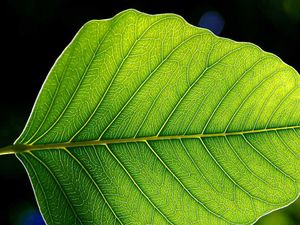
Photosynthesis is the name of the process by which autotrophs (self-feeders) convert water, carbon dioxide, and solar energy into sugars and oxygen. It is a complex chemical process by which plants and
...more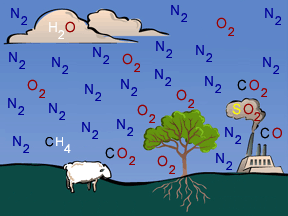
When you think of chemistry, do you think about mixing colored liquids in test tubes and maybe making an explosion... or at least a nice puff of smoke? Did you know that a lot of chemistry happens in Earth's
...more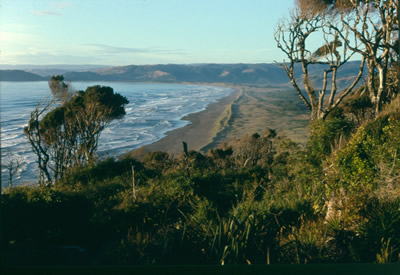
Archaeologists have come up with some new evidence at Monte Verde, which is located in southern Chile. They have confirmed that Monte Verde is the earliest known settlement in the Americas and that early
...more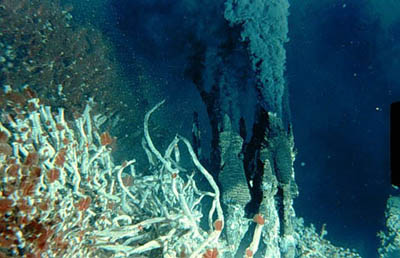
The deep ocean is very cold, under high pressure, and always dark because sunlight can not get down that far. Less life can survive in the deep ocean than in other parts of the ocean because of these conditions.
...more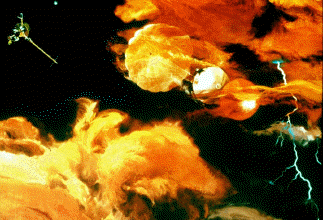
Jupiter's atmospheric environment is one of strong gravity, high pressure, strong winds, from 225 miles per hour to 1000 miles per hour, and cold temperatures of -270 degrees to +32 degrees (freezing temperature).
...more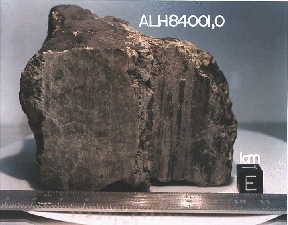
In July, 1996, it was announced that Dr. David McKay, along with a team of scientists at Johnson Space Center (a division of NASA), had discovered possible fossils of bacteria in a meteorite named ALH84
...more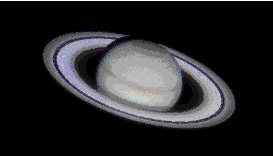
Saturn's atmospheric environment is one of strong gravity, high pressure, strong winds, from 225 miles per hour to 1000 miles per hour, and cold temperatures of -270 degrees to +80 degrees. With winds
...more















